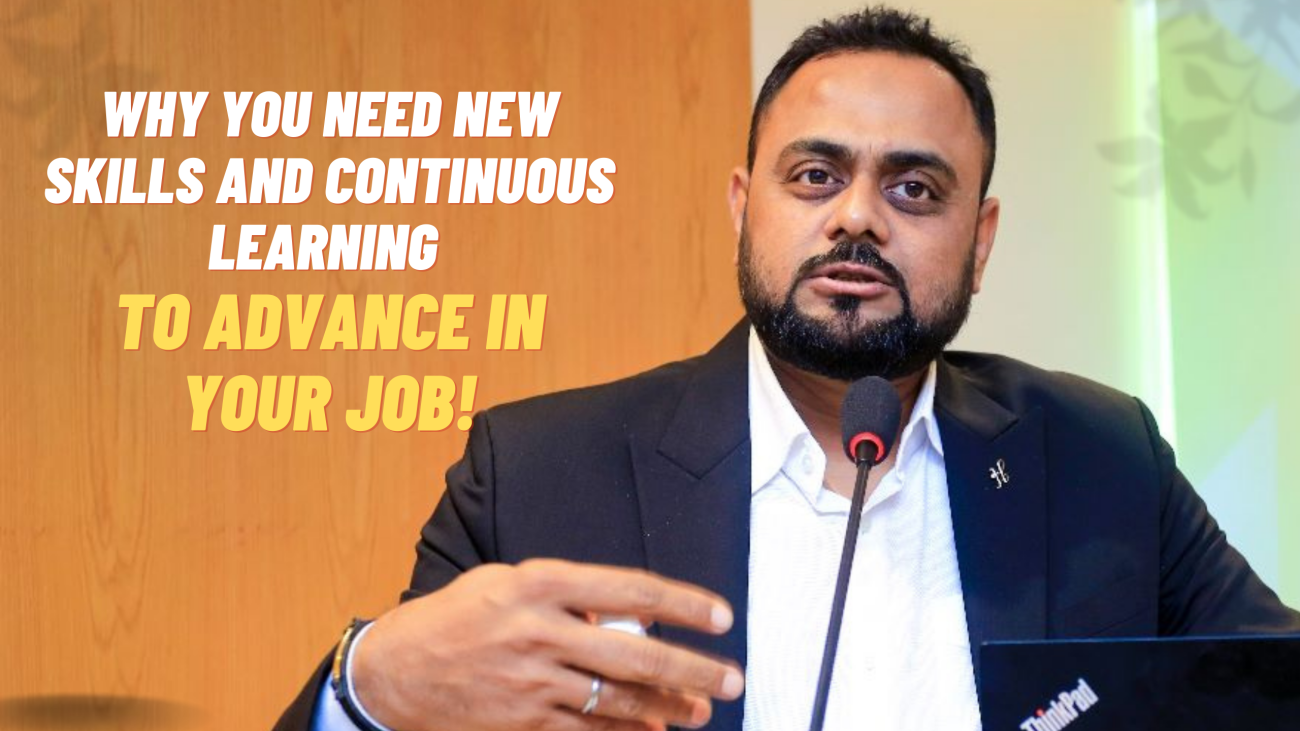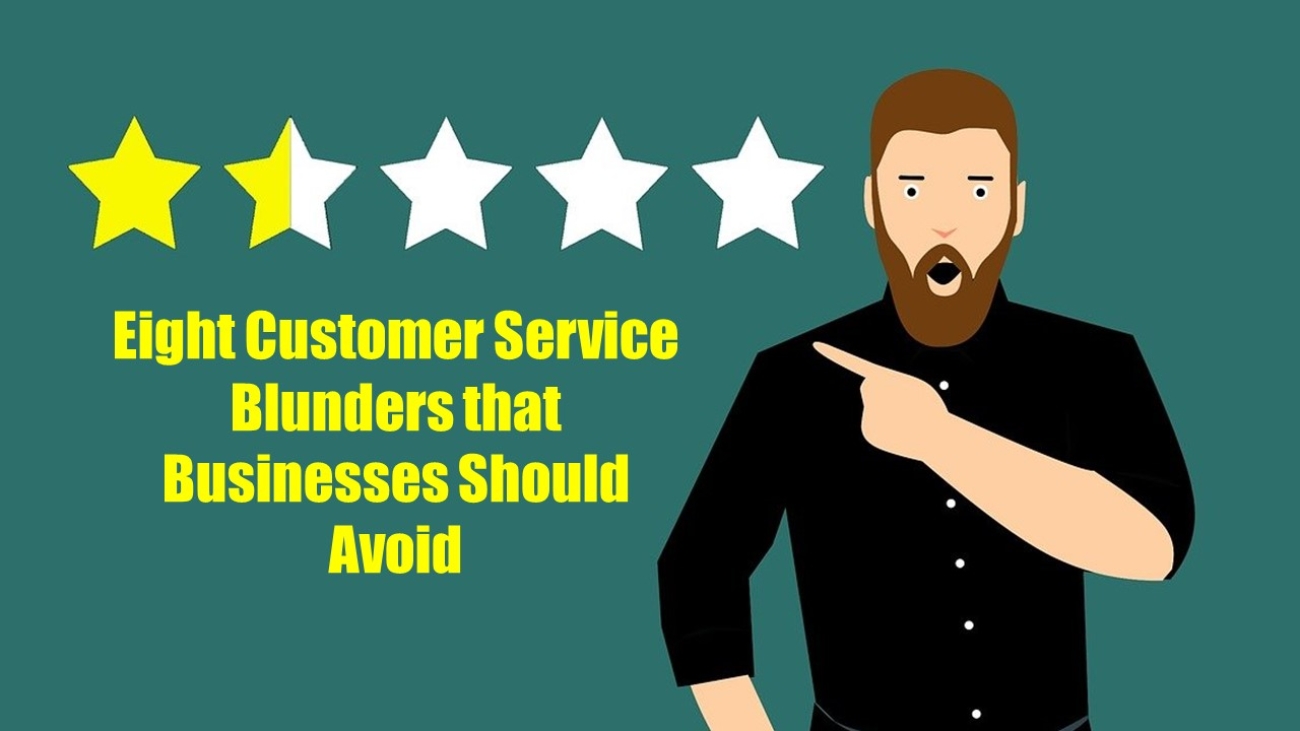Launching a business is like going on an exciting yet challenging journey. Knowing what customers actually want is crucial, whether you’re opening a brand-new store or launching a hip new venture. Any business’s ability to satisfy customers and fulfill their needs is what determines its success. Let’s examine some key aspects of consumer behavior and how firms might satisfy them:
Improving Happiness and Comfort:
The finest things are those that provide comfort and happiness to others. A company that knows what makes its clients happy may produce products that they will truly like and enjoy.
- Example: A world of delight and imagination is brought to clients by Disney, a company well-known for its wonderful entertainment, which reassures them via beautiful encounters. Global coffee chain Starbucks improves comfort by providing a variety of comfortable drink options and a warm, inviting atmosphere. Technology behemoth Apple makes people’s lives easier with slick, intuitive products that fit into their daily routines. Traveling might seem more like home with the help of Airbnb, a pioneer in the sharing economy, which provides a cozy and tailored housing experience. A large music library and customized playlists created by Spotify, a music streaming service, allow users to choose music that suits their tastes and creates a calming and pleasing listening experience.
Relieving Pain and Providing Help:
It’s fantastic when a company can help solve a problem or improve a difficult situation! People will strongly like a product or service that may make something hard easier, and they may even become loyal customers.
- Example: Both the well-known meditation apps Headspace and Calm offer users peaceful experiences and guided sessions to help them efficiently manage stress and anxiety and promote mental health. Nike, a well-known brand for sports apparel, not only supports mental health but also physical activity by encouraging a positive outlook through its famous “Just Do It” concept. Leading sports clothing company Lululemon appeals to consumers who lead active, healthy lifestyles by incorporating mindfulness into their designs.
Saving Time:
Time is a precious resource in our busy environment. Companies that are able to save their clients’ time are really awesome. People love simplicity and quickness!
- Example: Google‘s effective search engine has significantly reduced user time, revolutionizing the way we obtain information. Google expedites the process of conducting research and retrieving data by providing fast access to a wide range of information. Amazon is a leader in online shopping, providing a one-stop shop for a vast array of goods. Amazon saves customers time and effort by offering delivery services that are dependable and swift, replacing the need for conventional shopping. Uber has completely changed the way people travel by offering a quick and easy substitute for traditional taxis. Users may quickly request a trip using an easy-to-use smartphone interface, doing away with the waiting time associated with conventional transportation services. FedEx is a well-known international courier delivery business that offers dependable and quick shipping options.
Boosting Financial Security:
Money is a necessity for all people. Companies that offer financial savings or income generation opportunities are going to be popular. Showing how a product or service makes money for people is an excellent way to win over customers.
- Example: Visa, a multinational payments technology firm, makes safe and easy financial transactions possible, enabling people to easily make purchases both online and offline. PayPal, a well-known online payment provider, enables customers to send money, conduct secure transactions, and do business online with ease. Renowned investment management firm Vanguard focuses on exchange-traded funds (ETFs) and mutual funds. Vanguard, which prioritizes affordable investing solutions, helps its clients achieve financial stability and long-term asset creation by offering diverse and well-planned investment portfolios. Square is a payment and point-of-sale solutions provider that is revolutionizing financial transactions, especially for small companies.
Maintaining Our Health:
Maintaining our health is crucial. Companies that provide goods and services to promote health are in high demand. Customers love companies that are concerned about their well-being.
- Example: Fitbit is a well-known company in the health and wellness space, with a focus on wearable fitness gear. Whole Foods, a prestigious brand of grocery stores, emphasizes health and wellbeing in all of its product offerings. Peloton is redefining fitness via the integration of technology with workout gear. Well-known for its treadmills and stationary bikes, Peloton provides a distinctive workout experience with live and recorded sessions that can be accessed from home.
Conclusion
Understanding these important things can help businesses plan how to make customers happy. Doing surveys, asking customers for their thoughts, and keeping an eye on what’s popular are great ways to make sure a business gives people what they want.
In the end, a successful business is all about being kind and understanding. By knowing what makes customers happy, a business can grow and become super successful.
——————————————————————————xxx———————————————————————————————-










